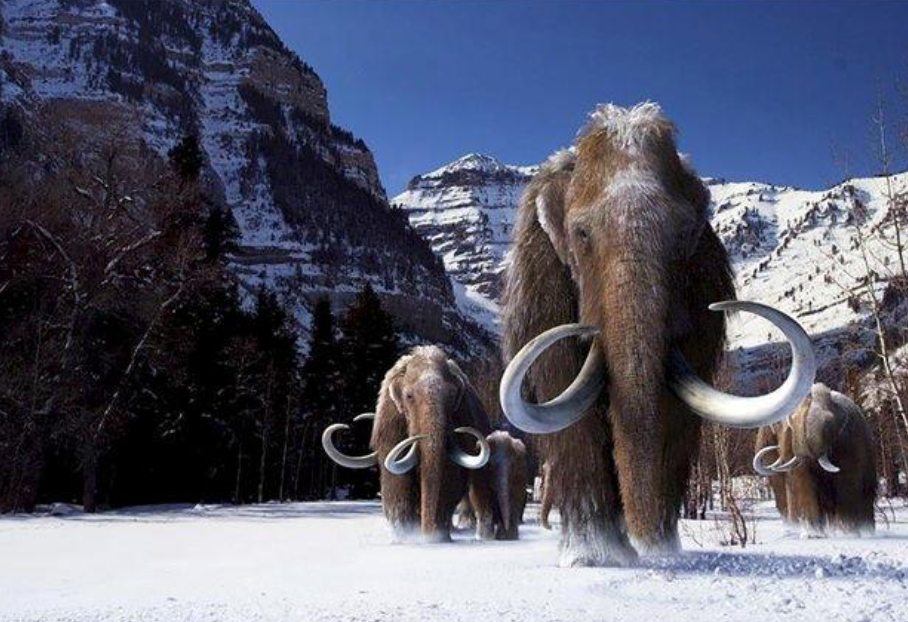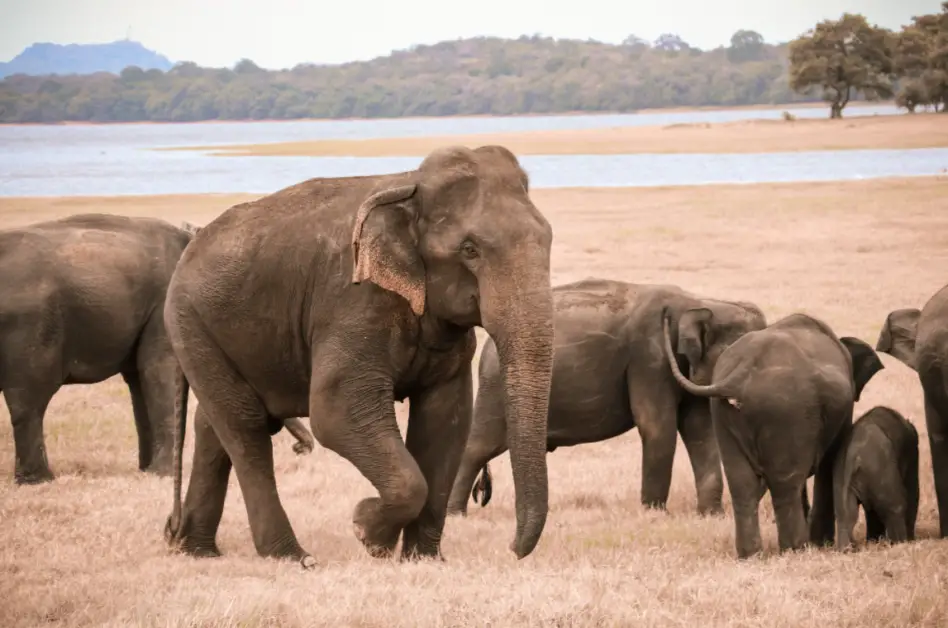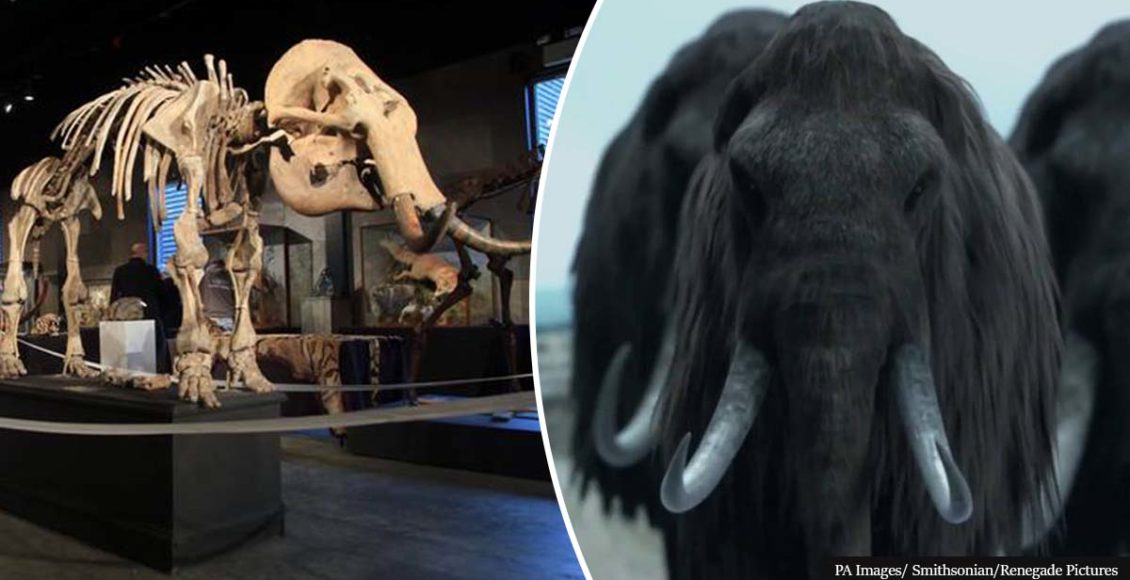Scientists are on their way to bring back the woolly mammoth from extinction after 10,000 years.
In July, we told you about the 28-centuries-old woolly mammoth cells that were brought back to life during a breakthrough scientific experiment. Now, after raising millions of dollars, researchers are on their way to revive the species 10,000 years after it went extinct.

As Unilad reports, on September 13, it was announced that the bioscience and genetics company Colossal raised $15 million to fund the project. To achieve it, the experts are hoping to create an elephant-mammoth hybrid with lab-made embryos that carry mammoth DNA.
Initially, the scientists would have to take skin cells from Asian elephants to reprogram them into more versatile stem cells that carry mammoth DNA, as revealed by The Guardian.
The plan is not only to bring the woolly mammoths back but also to help Asian elephants adapt to colder climates.
A new startup called Colossal has an audacious goal: engineer an elephant that resembles the extinct woolly mammoth https://t.co/1hrGV2opZJ
— National Geographic (@NatGeo) September 13, 2021
According to the experts’ plan, they are going to use genomes extracted from animals recovered from the permafrost and compared with those from the related Asian elephants.
Afterward, they would be able to distinguish the particular genes that are responsible for mammoth hair, insulating fat layers, and other cold climate adaptions. A surrogate mother would then carry the embryos in the hopes of her carrying the baby full term.
If the experiment proves to be successful, the mammoth-elephant hybrid would be equipped for Arctic weather. Moreover, it would help preserve the Asian elephant, as the species is currently classified as endangered.

George Church, a professor of genetics at Harvard Medical School and co-founder of Colossal, said:
“Our goal is to make a cold-resistant elephant, but it is going to look and behave like a mammoth. Not because we are trying to trick anybody, but because we want something that is functionally equivalent to the mammoth, that will enjoy its time at -40C, and do all the things that elephants and mammoths do, in particular knocking down trees.”
Scientists working on the $15-million project are foreseeing having their first set of calves in six years.



